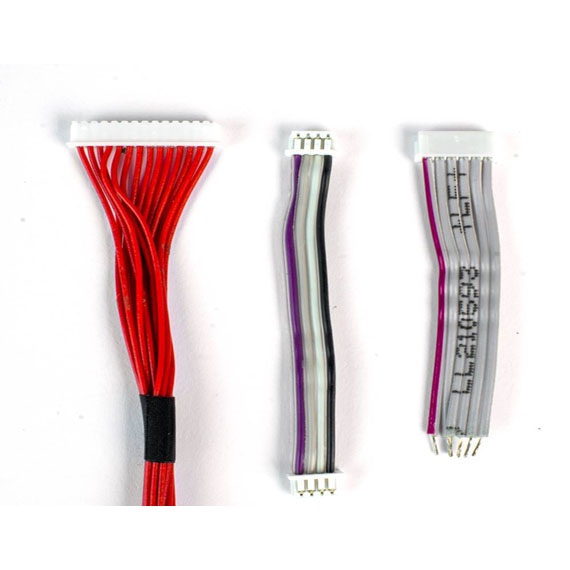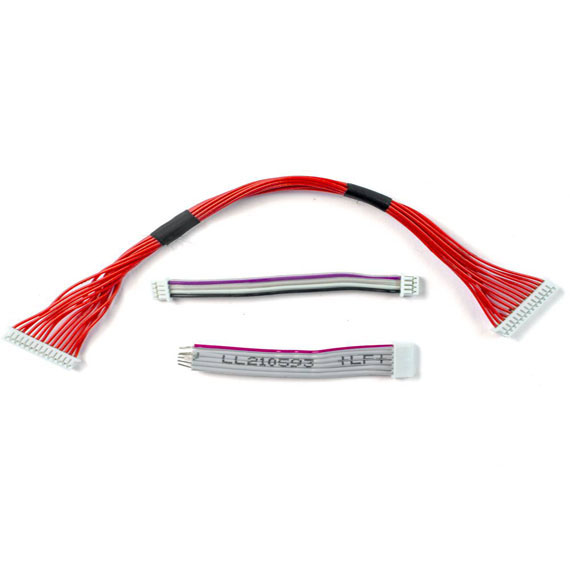In the intricate world of electronics, the unsung hero often remains hidden behind the scenes – the terminal wire. This seemingly straightforward component plays a pivotal role in the functionality and efficiency of various electronic devices. In this article, we delve into the essential aspects of terminal wire, unraveling its importance in modern circuitry.

Understanding Terminal Wire: A Fundamental Element
At its core, terminal wire serves as the lifeline of electrical circuits, facilitating the seamless flow of current between components. Comprising conductive materials like copper or aluminum, these wires act as conduits, connecting different parts of a circuit and ensuring the smooth transmission of electrical signals.
Versatility in Design
Terminal wires come in a variety of designs to cater to the diverse needs of electronic systems. From single-core to multi-core configurations, each design serves a specific purpose, enabling engineers to optimize circuits based on the intended application. Moreover, variations in insulation materials and thickness contribute to the adaptability of terminal wires in different environments.
Role in Connectivity
The reliability of terminal wire directly impacts the overall connectivity of electronic devices. Ensuring secure and stable connections is crucial in preventing signal degradation, electromagnetic interference, and other potential issues. Well-designed terminal wires contribute to enhanced performance and longevity of electronic systems.
Importance in Power Distribution
Terminal wires play a critical role in power distribution within electronic circuits. Their ability to carry electrical current efficiently is essential for ensuring that devices receive the required power for optimal functionality. Properly selected and installed terminal wires contribute to reduced power losses and improved energy efficiency.
Considerations for Terminal Wire Selection
Selecting the right terminal wire involves careful consideration of factors such as gauge, material, and insulation. The specific requirements of the circuit, including current capacity, voltage, and environmental conditions, influence the choice of terminal wire. Engineers must strike a balance between these factors to ensure optimal performance and safety.

Conclusion
In conclusion, terminal wire stands as a linchpin in the realm of circuitry, facilitating the essential flow of electricity and connectivity within electronic devices. Its significance in power distribution, connectivity, and overall system reliability cannot be overstated. As technology continues to advance, understanding and implementing the best practices in terminal wire selection and usage will remain paramount for engineers and designers alike.
By appreciating the role of terminal wire in circuitry, we pave the way for more robust and efficient electronic systems, ushering in a new era of connectivity and innovation.